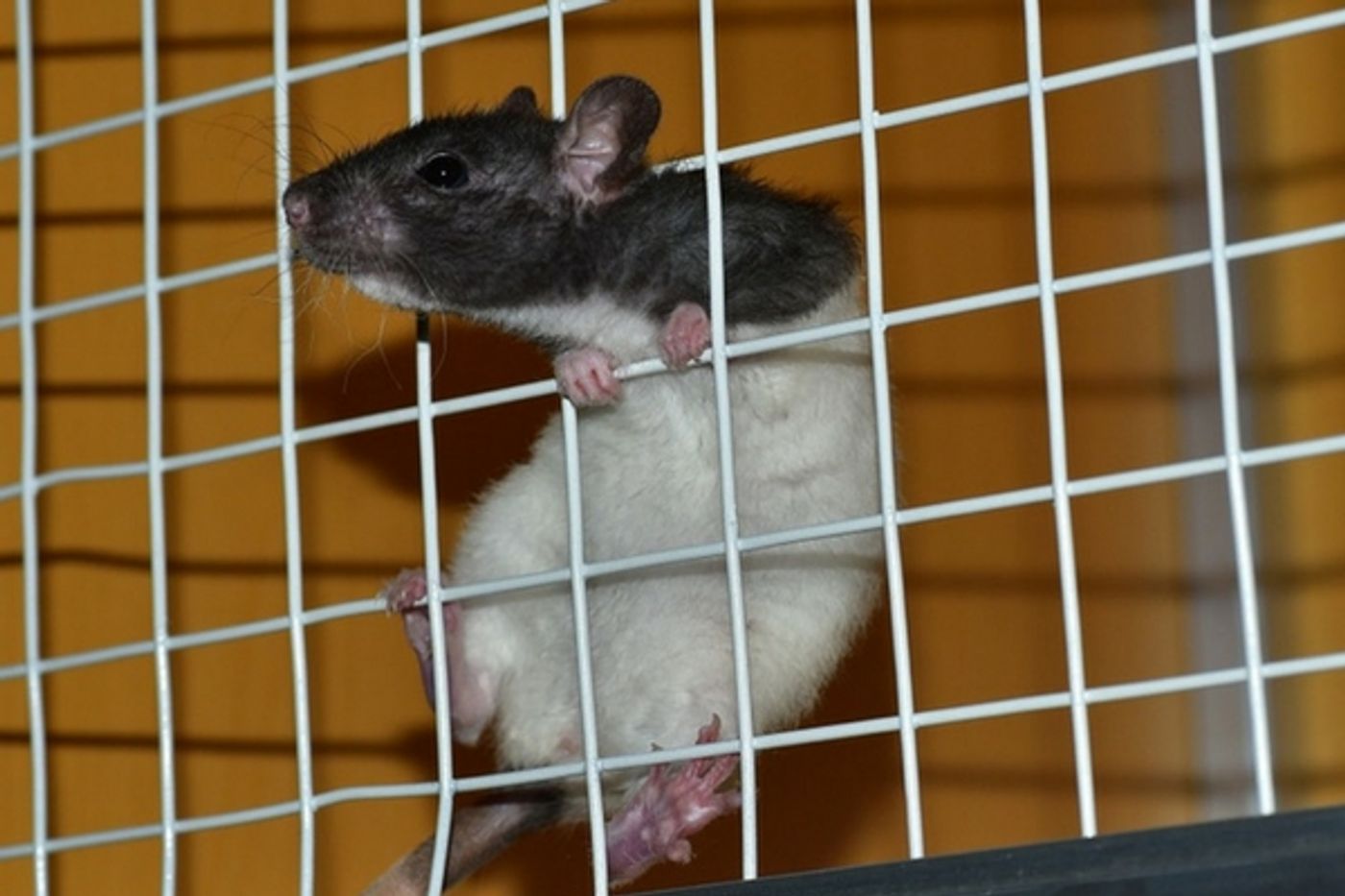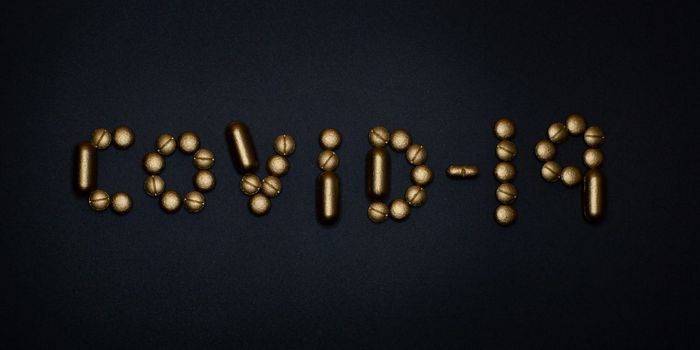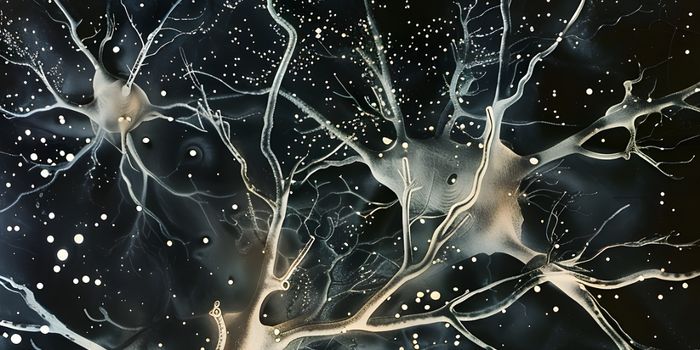Neuroscience is a serious field of research. Understanding how the brain works, what causes certain deficits and finding new treatments for illnesses and injuries is complicated and doesn’t usually involve much humor. But a recent study from the Humboldt University in Berlin looked at a specific reaction to something funny—tickling and being tickled---and found that the science is still quite serious and complex.
There’s been much discussion of the stimuli concerning tickling, how different parts of the body respond and why it’s not possible to tickle yourself. Well, with one exception. For the record, the ability to tickle oneself can be found in
schizophrenia and researchers believe this is due to brain changes in schizophrenic patients
The study recently published in Science Magazine by by Humboldt neuroscientists looked at how rats respond to being tickled. They built on previous research that showed how rats vocalize when they are happy. Normally, humans cannot hear these calls that are at 50 kHz but the team was able to record the sounds and transcribe them in order to document the different reactions to being tickled. The rats also displayed common behaviors that indicate pleasure when being tickled. In addition to the “laughter calls” that the team recorded and graphed, the rats often jumped for joy. These spontaneous movements of leaping and hopping around are referred to as “Freudensprünge” and they indicate that a rat is happy.
By looking at these reactions and vocal calls, the team conducting the research was able to determine that rats were most ticklish on the their belly and under their feet. Tickling on the back produced a smaller amount of happiness and tickling their tails did not seem enjoyable to the rats at all. During the play, which involved a researcher reaching into a box where a rat had been placed and tickling and chasing the animal. The rats engaged in this chase, emitting joyful vocalizations and following the hand around and jumping.
After looking at how the rats behaved, the research team then investigated what the reaction in the brain of the rat looked like. The focus of this observation was a part of the brain known as the somatosensory cortex. Specifically, the investigators studied the rat’s somatosensory cortex, a large brain structure that processes stimuli on the body. In the trunk region of this area, there were nerve cells that responded with a lot of activity when being tickled. Similar brain responses were found in the rats when they were being played with but not being touched.
The mood of the rats was significant as well. When the rats were stressed the activity in this part of the brain was reduced as were the vocalizations. Professor Michael Brecht, lead author of the study stated, “The data much look like we identified the ticklish spot in the rat brain. I also find the similarity of brain responses to tickling and play remarkable. Perhaps ticklishness is a trick of the brain that rewards interacting and playing.” The video below shows footage of the rats being tickled and responding and explains the study in more detail, check it out
Sources:
Science Magazine Humboldt University Berlin The Brainbank Science Blog
The Brainbank, Science blog









